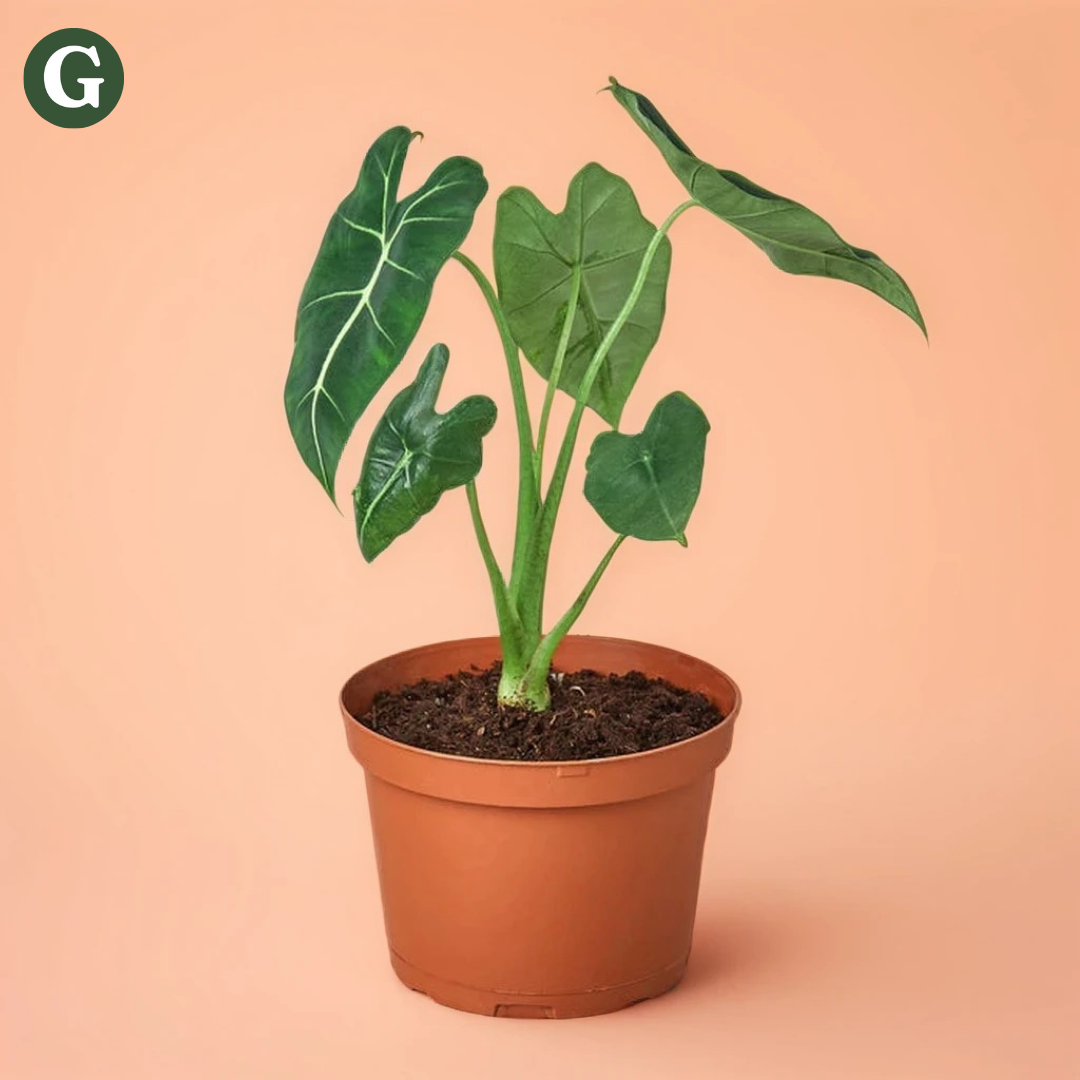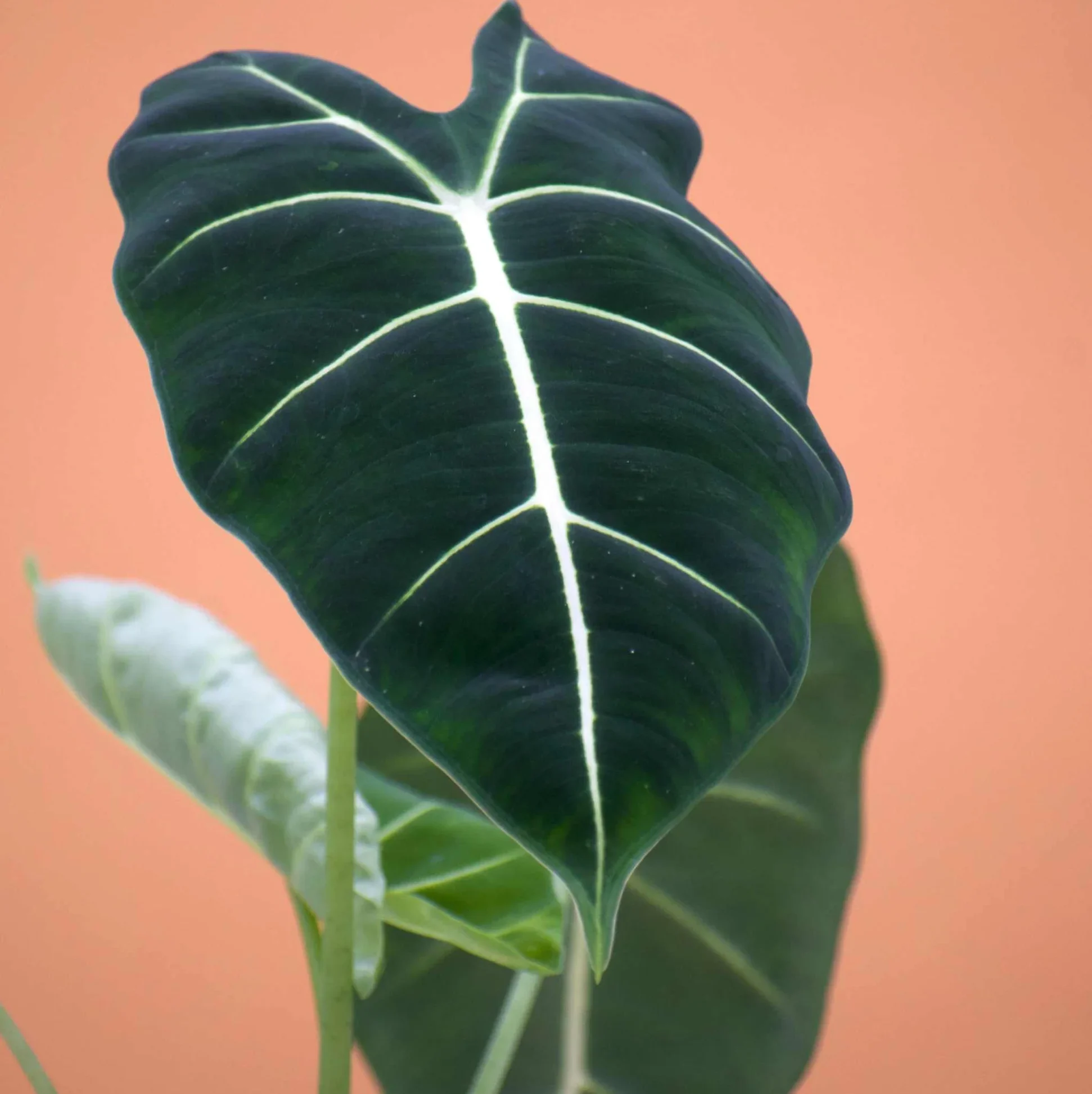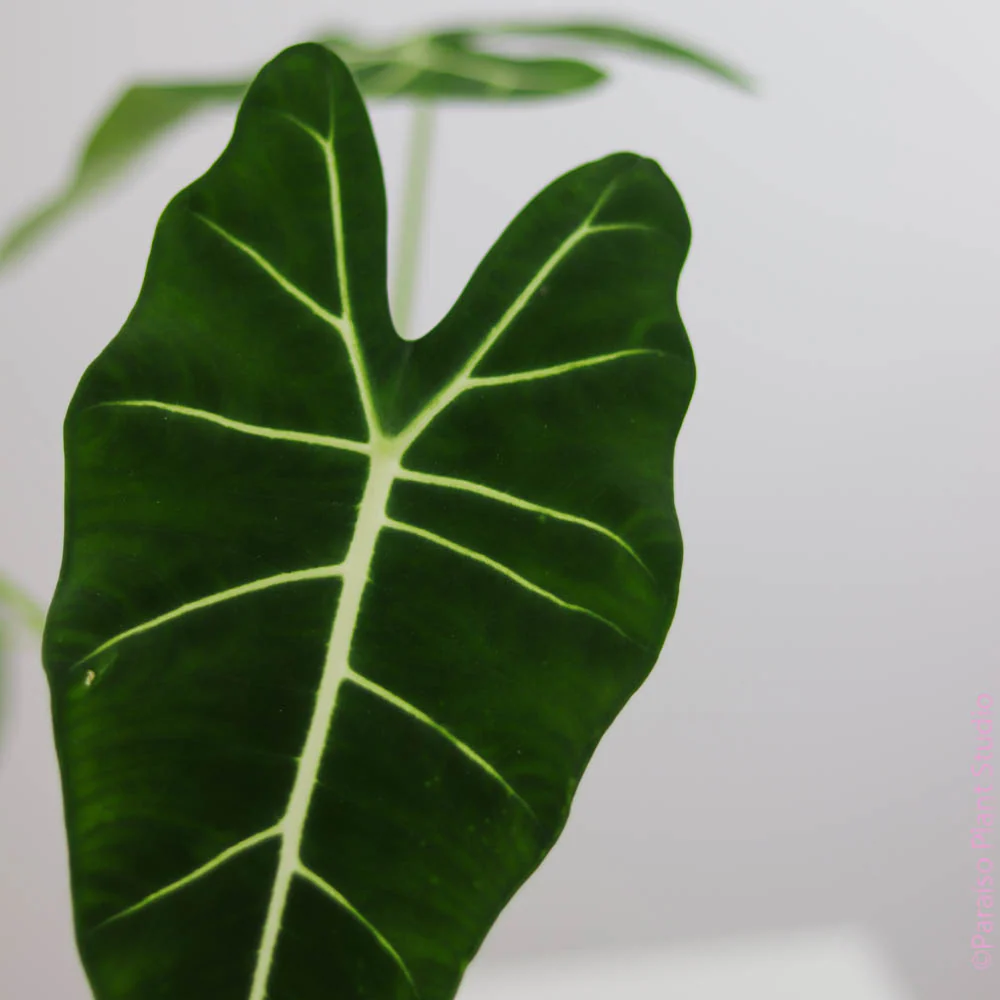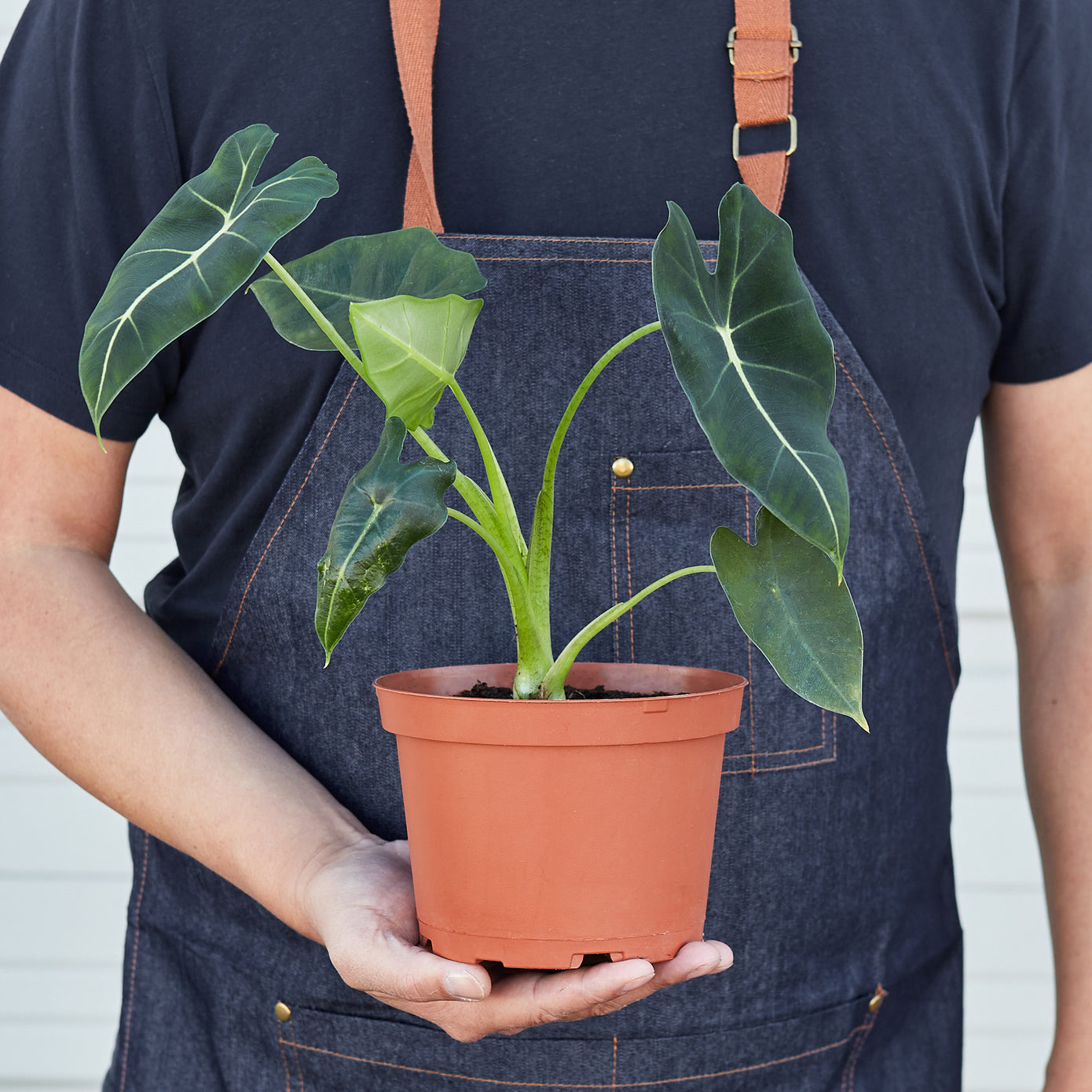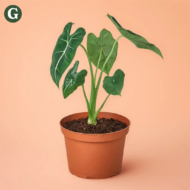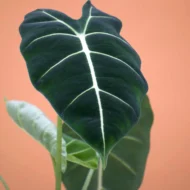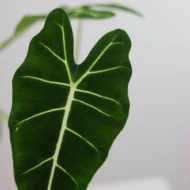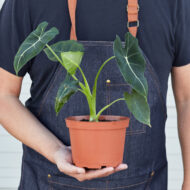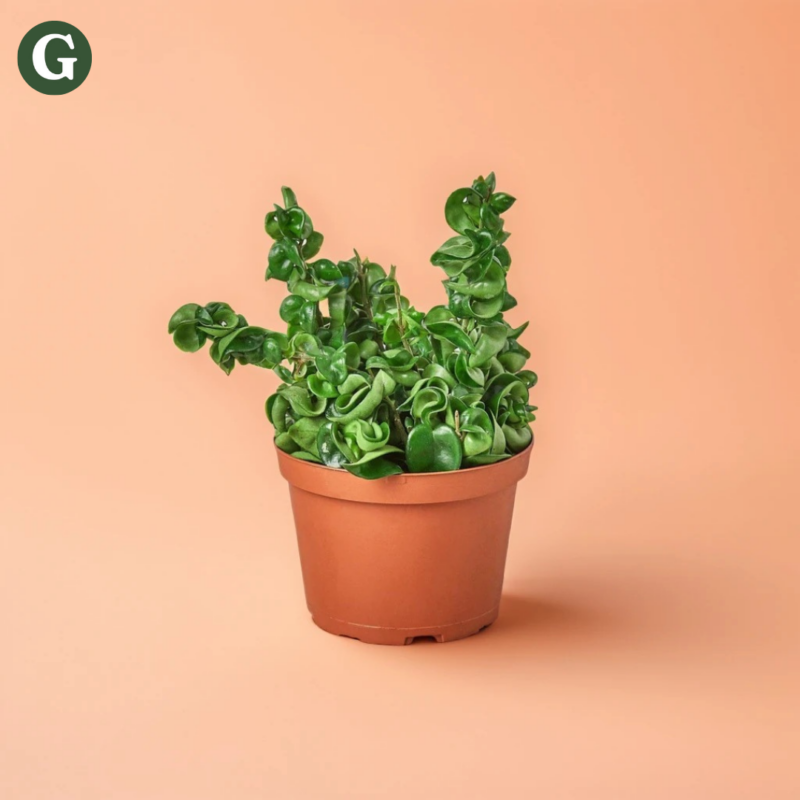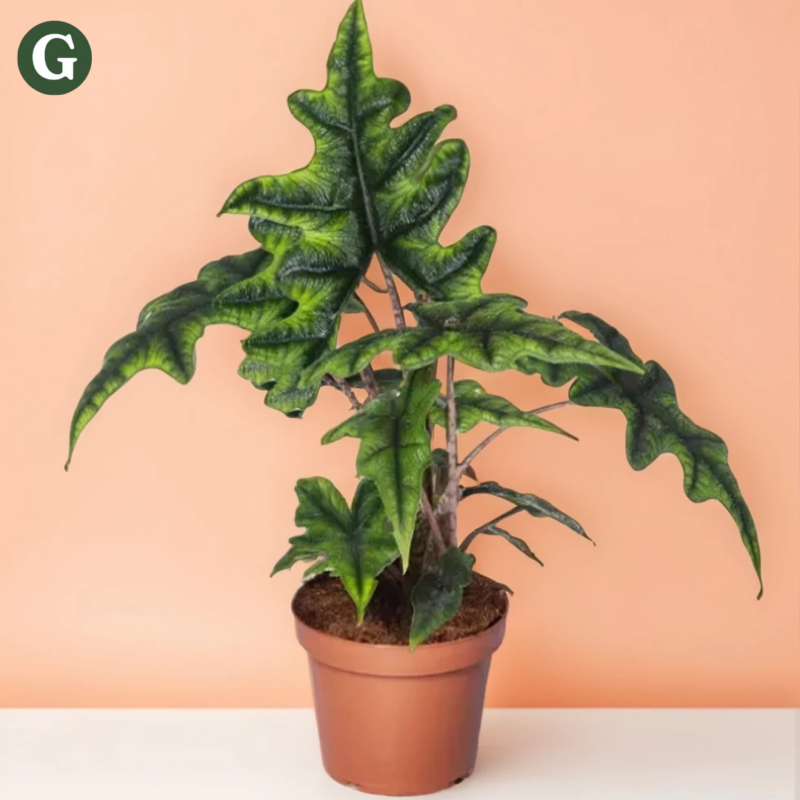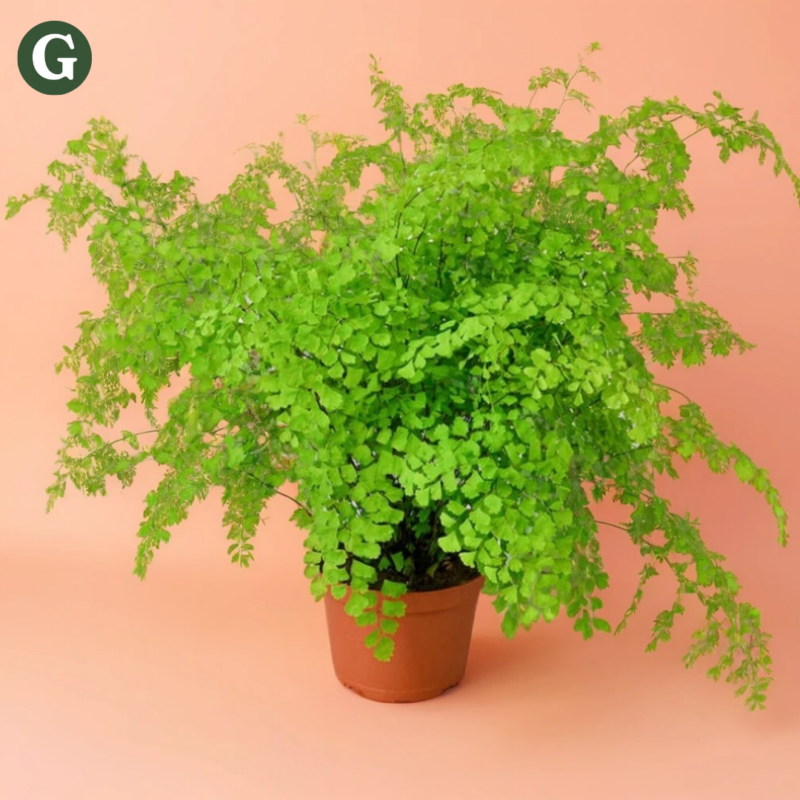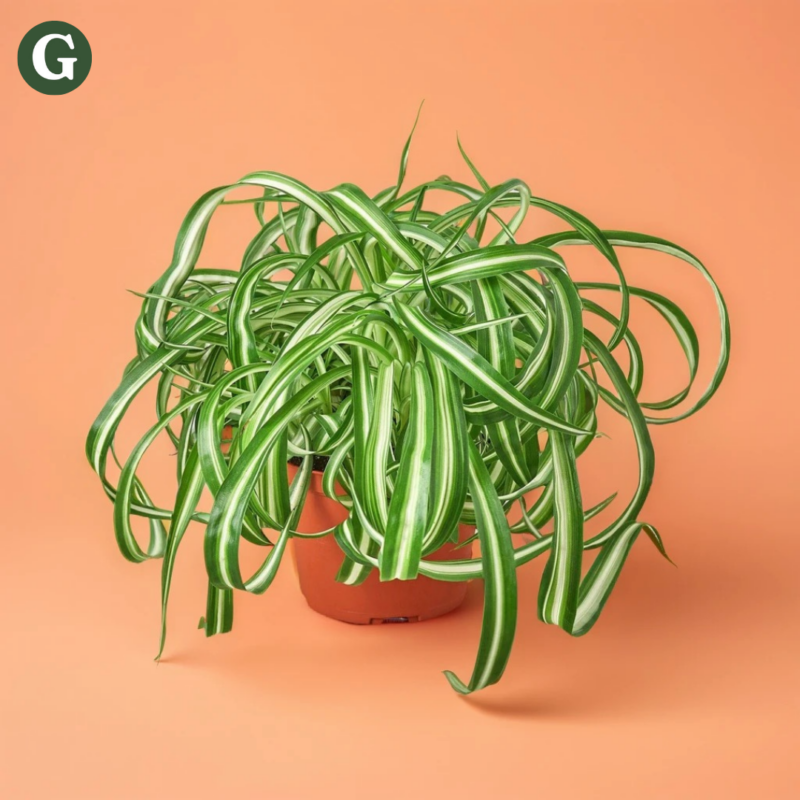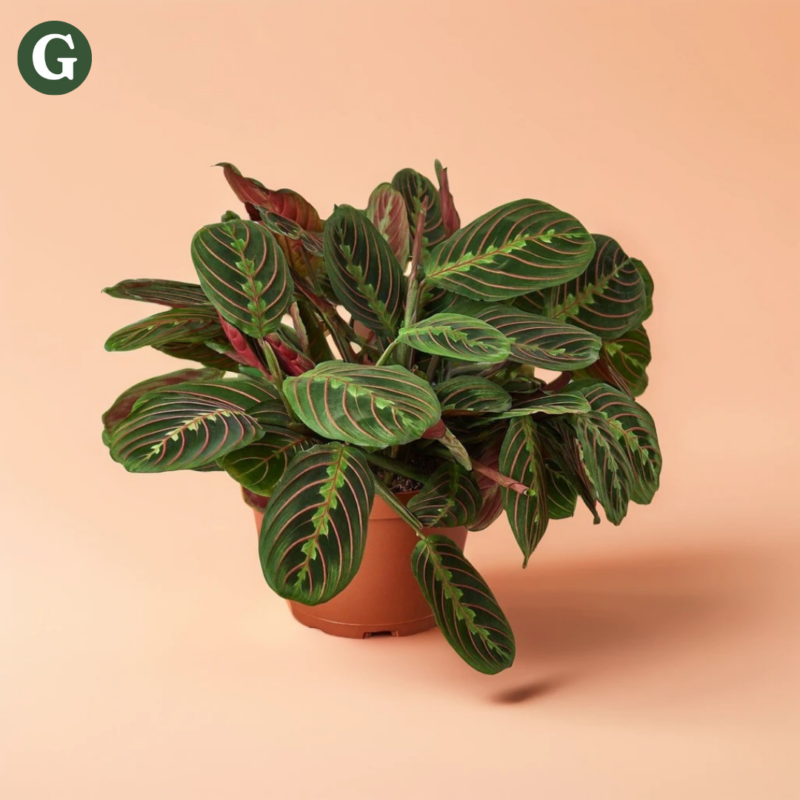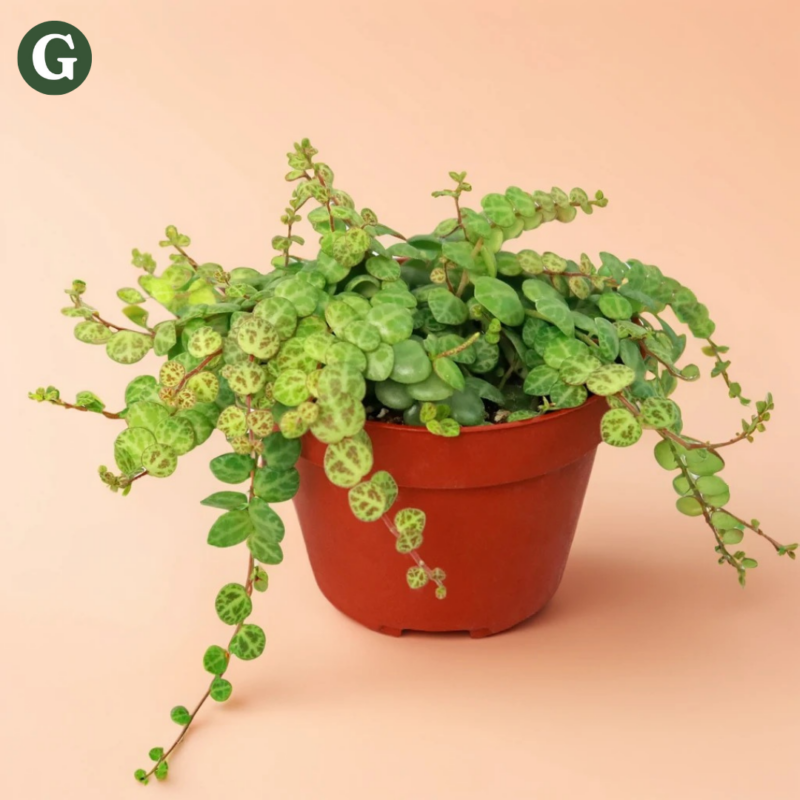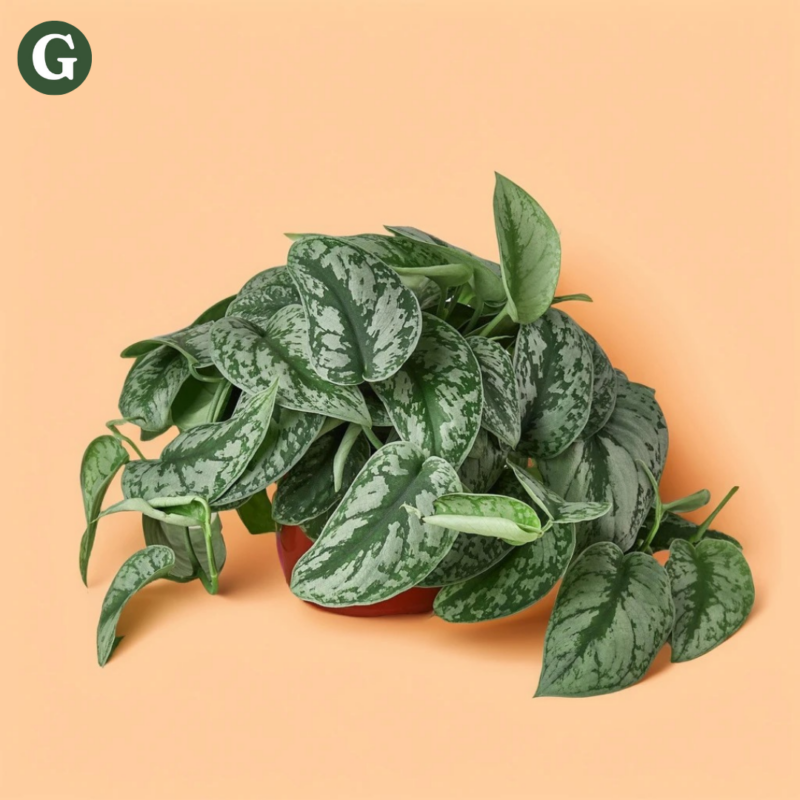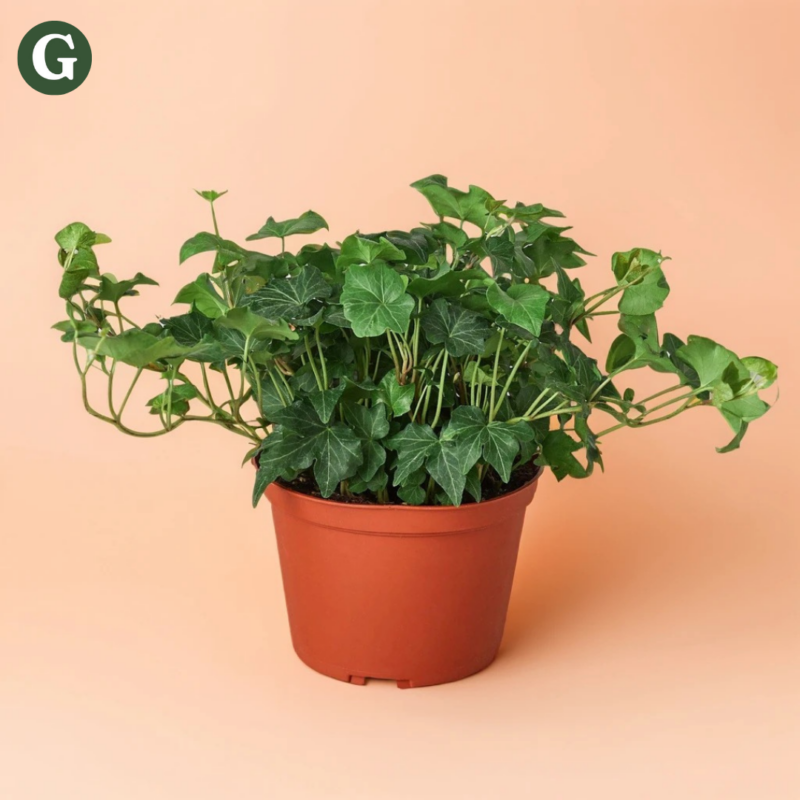Alocasia Micholitziana Frydek
Botanical Name: Alocasia Micholitziana Frydek
Common Name(s): Green Velvet Alocasia, Elephant Ear
The Alocasia Micholitziana Frydek or simply 'Frydek', is a striking ornamental plant admired for its velvety, deep green leaves and prominent white or silvery veins. The leaves have an almost plush texture that mimics velvet and have the veins standing out sharply against the dark foliage, creating a dramatic contrast. This variety of Alocasia is from Southeast Asia and is a smaller, more compact version of other Alocasias, making it an excellent choice for desktops, countertops, and plant shelves.
This plant thrives in bright, indirect light, which helps to bring out the rich colors of its foliage. While it enjoys warmth, it should be protected from direct sunlight, which can scorch the delicate leaves. It does best in temperatures ranging from 65-80°F (18-27°C) and high humidity, so it’s an ideal candidate for bathrooms or rooms with high moisture levels. If the humidity is low, regular misting or a humidity tray can help to prevent the plant from drying out, as dry air can lead to crispy leaf edges and general leaf stress.
This plant prefers a well-draining and moisture-retentive soil, and should be watered thoroughly when the top inch of soil feels dry. It is critical not to let the plant sit in standing water, as this can lead to root rot. The Alocasia Frydek can be a bit sensitive and requires some attention, especially with regard to its watering schedule and humidity levels. If it’s not receiving the right care, the plant may exhibit yellowing leaves, browning leaf tips, or leaf drop.
Note: All parts of this Alocasia are toxic if ingested. Keep it away from pets and children.
Care Insights & Expert Tips
- Wipe leaves regularly: The large, velvety leaves are prone to dust buildup, so gently wipe them with a damp cloth.
- Reduce watering during dormant months: This Alocasia tends to go dormant in the winter months. During this time, reduce watering and allow the plant to rest.
- Repot every 1-2 years: This Alocasia prefers to be slightly root-bound, so repotting every 1-2 years is usually enough.
- Toxic if ingested: This plant can be toxic if ingested by pets or children. Keep it out of reach of animals and small children.

Visit our plant care library
Find essential tips to keep your plants thriving, vibrant, and healthy.
